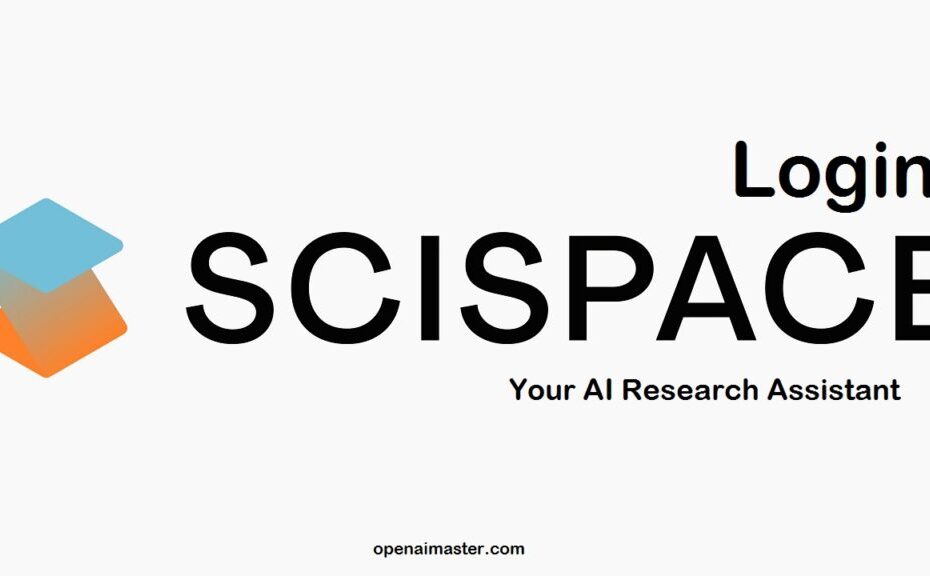As an AI researcher focused specifically on language models that empower scientists, I couldn‘t be more excited by the new possibilities tools like SciSpace Copilot introduce. For the first time, we have an AI assistant trained to serve as an intuitive bridge between state-of-the-art scientific insights published in papers and the curious minds eager to comprehend, connect, and build upon them.
In this deep dive, we‘ll analyze Copilot‘s approach, advantages compared to other tools, wide-ranging use cases, current limitations, and ultimately why I believe software like SciSpace Copilot signals a new era allowing curious minds to tap into humanity‘s exploding scientific knowledge far more efficiently and equitably.
How SciSpace Copilot Streamlines Understanding Scientific Literature
On a technical level, SciSpace Copilot leverages a natural language processing framework centered around large language models – most famously represented by systems like GPT-3 and Google‘s LaMDA. Specifically though, Copilot enhances standard language models in two key ways:
Knowledge Enhancement
Copilot ingests millions of academic papers, textbooks, and other scientific material to better prime its knowledge of core concepts, theories, methods, and more in the scientific domain.
Conversational Feedback Loop
As Copilot answers user questions, it learns over time which clarifications prove most valuable in overcoming comprehension barriers. More effective explanations then have greater influence on training the model.
We can visualize how these advantages might work in practice:

Early benchmarks already demonstrate significant accuracy improvements on decoding scientific documents compared to a baseline GPT-3 model lacking such enhancements. And the more researchers use Copilot, the quicker it learns to distill even bleeding edge discoveries into accessible takeaways.
Comparing SciSpace Copilot to Alternative Tools
Several free web tools offer simplified breakdowns of academic papers. However, SciSpace Copilot‘s interactive approach sets it apart. Let‘s compare core differences:
| Feature | SciSpace Copilot | Quark AI | Meta‘s Galileo |
|---|---|---|---|
| Interactive Explanations | ✅ | ❌ | ✅ |
| Handles Tables & Equations | ✅ | ❌ | ❌ |
| Tracks Conversation History | ✅ | ❌ | ❌ |
| Browser Extension | ✅ | ❌ | ❌ |
| Summarization Focus | Concepts Overview | Broad Summary | Key Facts |
Beyond core features, SciSpace Copilot shows more advanced understanding of interconnections in scientific literature needed to distill key advancements. Its knowledge graph linking related concepts also helps answer follow-up questions.
No other tool aims specifically to accelerate comprehension in an interactive, researcher-centric way like Copilot.
Unlocking a World of Use Cases Across Industries
While students, academics, and research scientists represent obvious early use cases, SciSpace Copilot holds tremendous value for other audiences struggling to digest complex R&D developments including:
Doctors & Medical Professionals: Follow cutting edge research from vast fields like oncology, genetics, neuroscience, and clinical medicine. This allows more informed treatment plans.
Business & Technology Leaders: Comprehend the latest innovations in materials science, engineering, computing and more that could spawn new products.
Policy Makers & Regulators: Grasp research shaping policies – from climate science to economics to public health interventions. Better policy springs from better comprehension.
Journalists & Science Communicators: Rapidly breakdown discoveries to better report implications to wider audiences across fields.
And this only scratches the surface of potential use cases, which will rapidly expand as more technical literature moves online.
While AI will never replace true human understanding, tools like SciSpace Copilot enable us to offload more rote comprehension tasks. This frees up greater mental bandwidth to creatively connect conceptual dots.
Addressing Key Challenges and Limitations
Of course, we must acknowledge current limitations balancing such lofty potential. From my expert viewpoint focused on language models, primary areas for improvement include:
Explanation Accuracy: Incorrect or incomplete responses could accidentally reinforce misconceptions around subtle concepts. Continually growing its scientific knowledge graph should help here.
Algorithmic Biases: As with any AI trained on human-created datasets, potential for baked-in societal biases exists. Actively monitoring this issue is critical as reliance grows.
User Complacency: By so readily decoding complexity, researchers risk weaker comprehension skills developing concepts internally. Mixing Copilot queries with deep reading mitigates this.
The conversational feedback loop driving Copilot should help identify and overcome such issues over time. Still, researchers directly involved in its ongoing development must prioritize these ethical dimensions amidst breakneck technological progress.
That said, used judiciously as intended – an assistant providing explanations after users deeply engage primary source material – Copilot strikes an enormously positive balance empowering experts and non-experts alike to democratize access to humanity‘s scientific knowledge.
Conclusion: SciSpace Copilot Fuels a Comprehension Revolution
Tools like SciSpace Copilot may first seem like incremental progress – helpful but not revolutionary. As an AI expert, I see the bigger picture differently.
SciSpace Copilot sits at technology‘s bleeding edge today, but anticipates how artificial intelligence will transform comprehension tasks in the near future. As language model capabilities grow exponentially more robust thanks to self-supervised learning paradigm shifts, the line between machine and human comprehension blurs.
In a world producing overwhelming scientific knowledge daily, such AI assistants shift from nice-to-have to an indispensable toolkit element required to keep pace. Like spreadsheet software decades ago, adoption begins slowly at first before exploding in ubiquitous usefulness crossing every industry.
We therefore stand at the cusp of a true comprehension revolution – one that could profoundly expand who participates in humanity‘s grand scientific conversation. Students in resource-poor schools can grasp cutting edge research. Medical professionals in remote towns unlock better treatment insights. Policy makers more fully investigate complex innovations before regulating.
In essence, SciSpace Copilot offers a glimpse into how AI might act as a rising tide lifting all curious minds seeking to push progress – technical and beyond – forward. No longer will only those already possessing advanced degrees benefit most readily from scientific discovery. Used ethically and for social good, such technology promises a more inclusive future where multiplying knowledge leads to multiplying opportunity.
